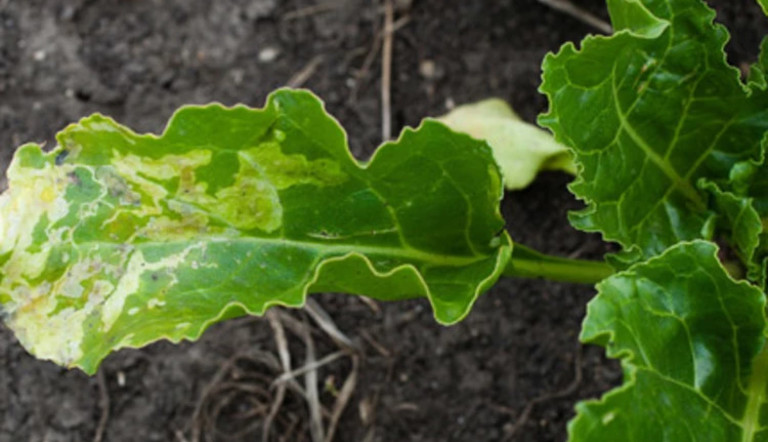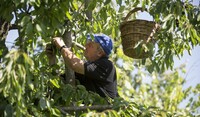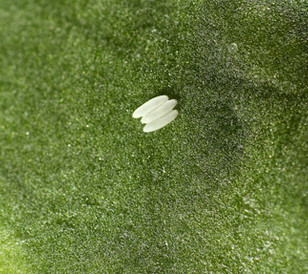
Beet fly threat increasing

Beet fly are prevalent across western Europe where they thrive in warm, spring weather causing damage to young sugar beet plants and yield losses of up to 40%.
Each adult fly lays about 70-80 eggs in soil from April onwards with larvae hatching four to eight days later, depending on weather conditions.
As the daytime temperatures rise above 14c, larvae hatching rates increase and this can coincide with the emergence of the vulnerable sugar beet plants. The larvae feed on the developing leaves and, although they only kill the plant in extreme cases, can inflict severe damage, causing a growth check and reducing potential yields. Because the larvae are voracious feeders, yield losses can quickly mount to 10-40% in fields with heavy beet fly infestations.
It is a situation that is being made worse by an apparent shift in weather patterns with higher temperatures recorded more frequently in the early spring months. This shift increases the likelihood of eggs hatching in high numbers while plants are still young.
That means early control of the pest using seed treatments is increasingly vital during the early growth stages.
These treatments prevent damage from the larvae in the critical first 8-10 weeks of crop growth. By the time the treatment effect wears off in late May, the beet plant will have grown to a size where it is more able to overcome damage from further larvae hatchings.
But the situation could be made more difficult in the future as policy makers are considering the withdrawal of some of these treatments with Imidacloprid under the greatest threat.
Therefore, to help reduce the dependence on seed treatments and cut the risk of early infestation, it is also advisable and best practice, to have a longer rotation for sugar beet crops. This is because the beet fly eggs can remain viable in the soil for long periods. By extending the rotation from three years to six or more, the number of viable eggs from previous crops will be cut dramatically.
Once the season progresses beyond the 8- to 10-week period, where seed treatment protection is still effective, growers need to keep a close check on further generations of larvae hatching in the crop.
Contact sprays can then be applied when beet fly eggs become apparent on leaves through the summer months.
However, as the plant grows larger it can withstand higher infestations of eggs without suffering yield losses. That means growers should carefully assess the number of eggs per leaf before applying pesticides. Only when a threshold number of eggs is breached should the crop be sprayed with contact insecticide (see table).
Contact insecticide application thresholds:

Image Gallery
Related Articles

From Market, For Market: How Grower Feedback Drives Innovation

Delivering Value in Crop Protection: Our Approach to Innovation

